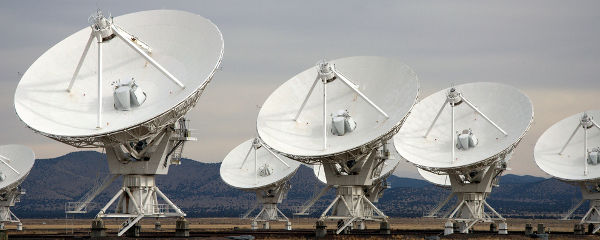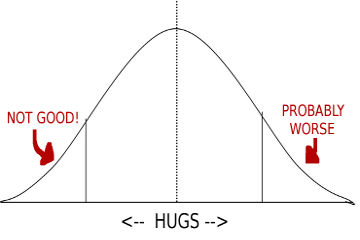What I’ve Learned:
“The birthday problem: because nobody wants (or gets) to celebrate alone.”
Birthdays often have problems. Whether it’s the annual reminder of impending mortality, Grandma getting you the totally the wrong Teenage Mutant Ninja Turtle action figure or Marilyn Monroe failing to jump out of your cake to wish you happy birthday.
(Actually, regarding that last one, it would create a whole bunch of additional problems if she did. So stop wishing for that.
There’s always Marilyn Manson, if you just can’t shake the idea. Good luck with that.)
None of these issues is the birthday problem, however. The specifically-named “birthday problem” is actually a mathematical exercise — two words which you probably wouldn’t want to hear, in any combination, on your actual birthday. Assuming it’s not your actual birthday right now, here’s what the mathematical exercise asks:
Among a group of randomly-chosen individuals, what is the probability that at least two of them will share the same birthday?
The “randomly-chosen” bit is key, of course, since including certain individuals would muck up the math. The Olsen twins, for instance, would totally ruin everything.
(Presumably, this is not something you need mathematics to tell you.)
Assuming a full-on rand-o crowd, the question gets a little more interesting — to non-probability theorists, at least — when asked in this way:
How many people do you need to have a better than 50% chance of two people sharing a birthday?
That’s a trickier question than it looks. Most people can narrow down the range of possible answers a bit. If there’s one person in the room — scary Olsen or not — then there’s zero chance of sharing a birthday with the nobody else in attendance. And if (ignoring leap days, because ain’t nobody got time for that) 366 people are mingling, then the chance is 100% that at least two of them share a birthday. There’s only so much calendar to go around.
You might think that the number to get 50%, then, would be right in the middle. You would be mistaken.
Then again, a few minutes ago you wanted Marilyn Manson to hop out of a cake and sing to you. You don’t exactly have a track record for making good decisions.
The real answer (spoiler alert!) to this version of the birthday problem is 23. According to combinatorics probability theory — and some nifty math — with just 23 people in a room, the odds are slightly better than 50% that two of them share a birthday. If you want to increase the odds to 99.9%, you’ll have to make a few more phone calls — but your meeting hall still only needs a capacity of 70 people.
That’s nothing. They get bigger crowds than that at the Pawnee, Indiana town hall. And Ron Swanson doesn’t share his birthday with anyone.
This surprising result to the birthday problem is important for three reasons. First, maybe it instills in some young minds a wonder and love for math, and they’ll go on to become professional mathematicians. Which is great, because somebody has to take that bullet. And numbers make my head hurt.
Second, there are computer hacking strategies — called “birthday attacks” — that take advantage of the math behind the birthday problem to wreak certain kinds of digital havoc. These brute-force cryptographic manipulations are often aimed at using hash collisions to the hackers’ advantage. In other words, no birthday cake for you.
And finally, this demonstrates that there’s a big difference in calculating a 50/50 that any two people will share a birthday, versus the same odds that somebody in a crowd shares your birthday. For the latter, you’d need at least 253 people, which reminds us that probability is tricky, the obvious answer is not always the right one, and for crissakes stop making everything about you, ya town hall-cramming Olsen-loving Manson-caker.
And oh, yeah: happy birthday. Freak.




